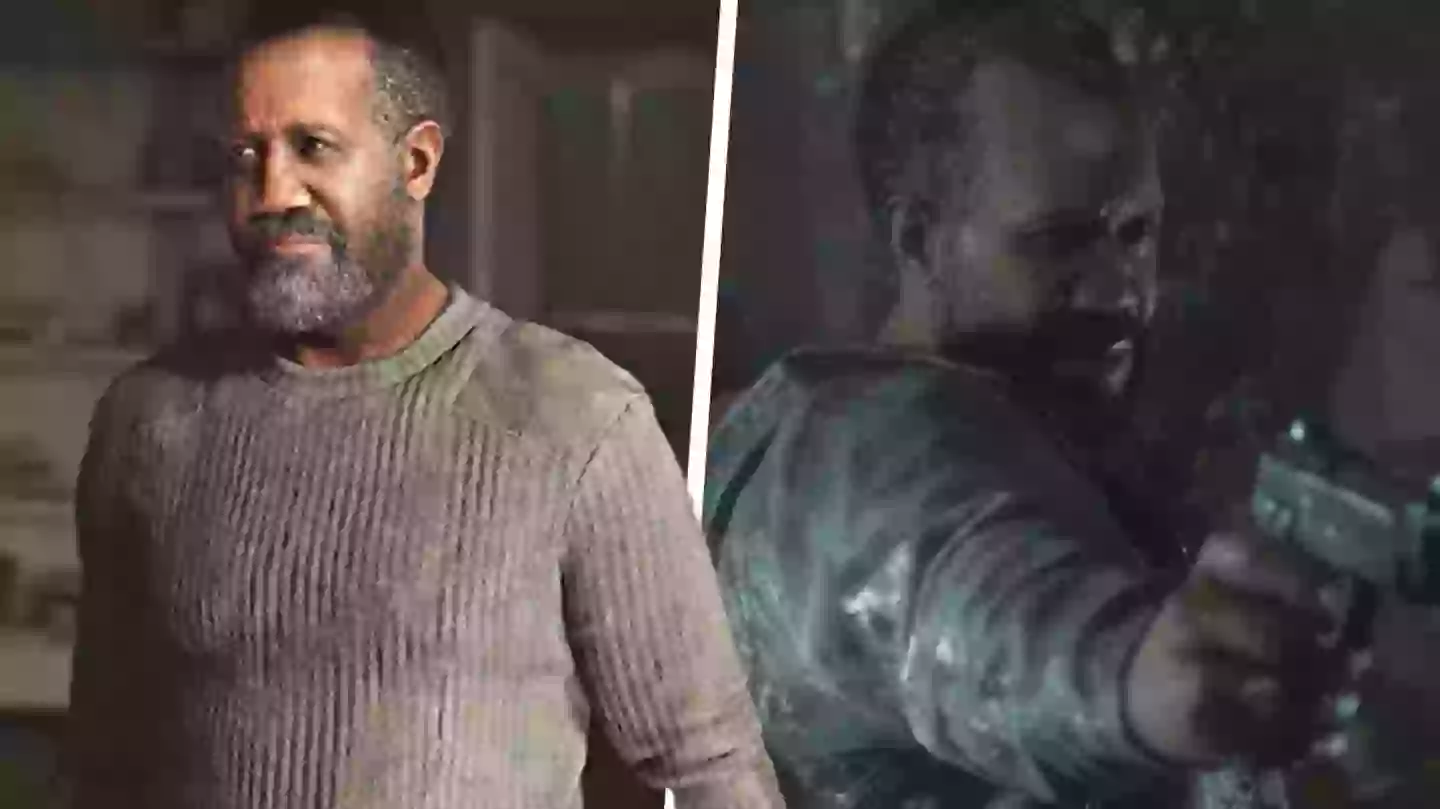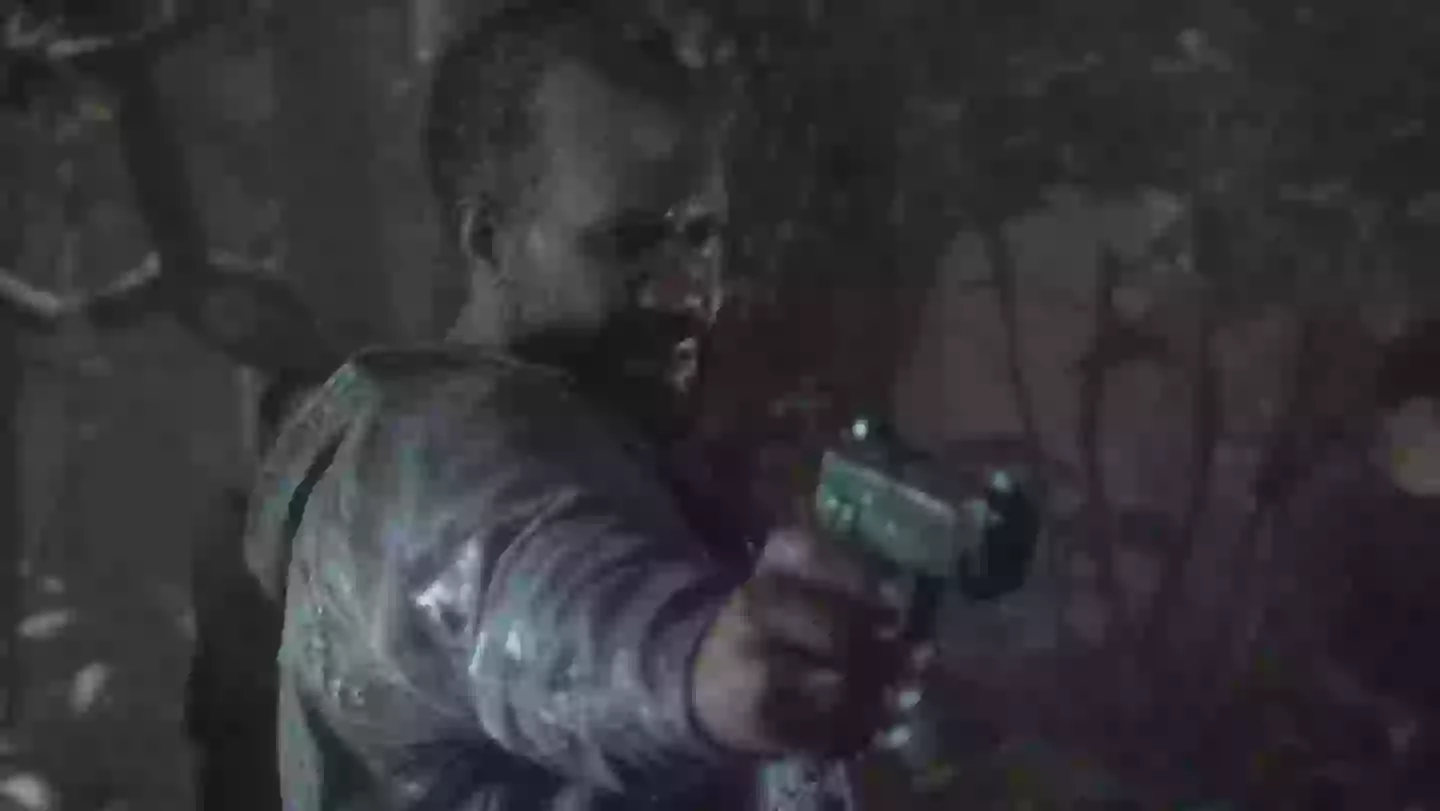
Everytime I replay The Last of Us Part II, I come away with something new, whether that be a fresh question, thought, or perspective. It’s why I adore this narrative. It’s a tale that is so emotionally complex that you cannot fully comprehend all of the layers in just one playthrough. With filming now underway on the second season of HBO’s The Last of Us, this time around, I found my mind drifting to aspects of the story I’d like to see expanded as the show undertakes the difficult task of adapting Part II.
For quite some time now, I’ve been hoping to see the announcement that Jeffrey Wright will reprise the role of Isaac. While it remains unconfirmed, the actor did tease, “Anything is possible We shall see,” providing a spark of hope. For me, Isaac has always been one of Part II’s most perplexing characters. He occupies so little screen time, and the scenes he is in are hardly the game’s most grisly or brutal - and yet, I’ve always found him to be incredibly chilling.
The Last of Us Part II depicts a primal and lawless society. Almost every single character we encounter maims and kills, including those we might consider to be our ‘heroes’ - although, of course, it isn’t quite as black and white as that. How is it then that someone who crops up in just a handful of scenes is simultaneously the game’s most unsettling character?
Advert
Watch our review of The Last of Us Part II Remastered below.
Isaac Dixon is, if you recall, the mysterious leader of the Washington Liberation Front. I say mysterious simply because he appears in just two sequences - and yet I don’t think anyone would take issue with me referring to Isaac as a villain. The jarring yet effective thing about Isaac is that in a game that’s so detailed and layered, this particular character’s villainy is quietly conveyed via implicative hints scattered throughout the story, evidencing that allusion can oftentimes prove to be far more frightening than laying all your cards on the table.
That’s not to say that everything about his character is conveyed in a totally subtle manner. After all, the first time that we meet him, he’s sitting opposite a naked Seraphite tied to a chair in a dilapidated bathroom. It doesn’t take a genius to figure out that we’re interrupting an interrogation that screams ‘evil’.
Advert
It’s when we move beyond this introduction though that things get more unnerving. Isaac walks away from the room totally unbothered. Players may not agree with what Ellie does to Nora for information on Abby’s whereabouts, but there’s at least a level of understanding as to why she did it. All we get from Isaac is a cold hard wall. No intent, no remorse.
.jpg)
Jump ahead to the laying out of his plan a few minutes later and we begin to see just how manipulative this character can be. He explains the plan with a piercing level of intent and focus. It’s only when Abby expresses discomfort at Owen’s absence that for the first time, Isaac ‘displays’ a modicum of empathy but it’s not empathy at all. The change in the tone of his voice and the comforting reaching out to touch Abby’s arm may imply solidarity, but while Isaac is conveying a shared sense of concern, The Last of Us Part II’s writers quietly inform us of Isaac’s clear penchant for emotional manipulation.
It’s quite some time before we see the character again, yet he remains an ever present figure. When Abby is detained at the hospital for breaching Isaac’s directives, it prompts troubling questions about the way in which the WLF maintains order. If this is the price someone pays being AWOL for just one day, it’s worrying to think about what happens to those who more severely step out of line.
Advert
What would happen if Abby had been transported back to Isaac, if Nora hadn't let her free? It’s not a question that I think has a pretty answer. Even while absent, we learn to become fearful of this character. At this stage, Isaac isn’t even aware that Abby has befriended Scars and yet as Nora states, Abby has found herself on “Isaac’s bad side”. The realisation soon dawns that you really don’t want this character finding out about the full extent of Abby’s actions.

That becomes even more abundantly clear if you then start paying attention to the documents scattered across Seattle in The Last of Us Part II. While I won’t rehash the full history of the WLF, I’ll draw your attention to the fact that Isaac gave all inhabitants of Seattle one choice: join or face execution. If you were in doubt as to how the WLF maintained order before, you’re certainly less so after reading this paper trail. Unwavering loyalty at the price of death.
On this not-so-pleasant whistle stop tour, I bring us to Isaac’s final scene in which we see him come face to face once again with Abby - although this time she’s with Lev. “What’s that behind you?” he asks, with the use of the word ‘what’ instead of ‘who’ telling you all you really need to know.
Advert
Almost every character we meet, whether we agree with their actions or not, believes themself to be doing the right thing. We cannot excuse said actions, but there’s a sense of understanding. Abby kills Joel in an attempt to find closure for the murder of her father. Ellie tortures information out of Nora in pursuit of a similar revenge-fuelled search for peace. If you flashback to The Last of Us Part I, even David’s heinous barbarism is largely in the name of feeding his people, of keeping them alive.
It’s not morally right. We can’t excuse it. In some cases, we might feel revulsion. Yet in almost every character we meet, there is a pursuit of both the preservation of a sense of community and survival which, for the most part, we can understand. After analysing all of the jigsaw pieces scattered throughout the game about Isaac though, it quickly becomes clear that this character doesn’t fit that mould.

With a mandate that essentially conveys ‘obey or face execution’, this isn’t a leader that cares for the true welfare of his people. Isaac is a lone wolf, fuelled only by hatred and his yearning for power, disguising the creation of a loyal unquestioning army as a place of refuge. In a story where characters resort to such troubling actions with intentions that we might be able to understand, Isaac proves to be the incomprehensible case. A person who resorts to such villainy, well, just because.
Advert
The Last of Us Part II challenges us with the question: What makes the action of one aggressor worse than another? It’s clear that we need to look to Isaac to find that answer. This is a primal devolved society, but one that - for many - very much still revolves around notions of community and loyalty. When you take that yearning of community away, any sense of empathy and shared ambition is lost.
Isaac is unbound by the loose moral code many other characters attempt to abide by. Without an intent other than to serve his own warped ambitions, it feels as if there’s no limit to what this self-serving character might do. The world The Last of Us Part II depicts is one that’s stability rests on hope. The hope that things could get better, that people could be better. By the end of the tale, Abby and Ellie latch on to that sense of hope, stepping away from the cycle of violence in a bid to find an inward sense of closure. Isaac is a cautionary tale of what humanity can become when hope is abandoned, when it succumbs to the barbarism encouraged by the world around it. He’s a terrifying gateway into the way things could be, and that’s why he’s easily The Last of Us Part II’s most chilling figure.
Topics: The Last Of Us, The Last Of Us Part 2, Opinion, Naughty Dog, PlayStation, PlayStation 4, PlayStation 5